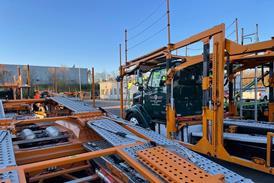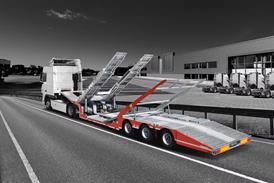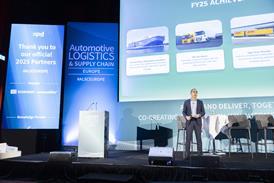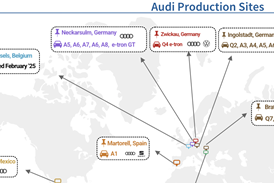All Analysis articles – Page 10
-
 Livestream
LivestreamWatch: How to mitigate falling profits in the automotive supply base
Following our latest report: Automotive Tier Supplier Profit Analysis 2020, watch our webinar: How to mitigate falling profits in the automotive supply base, where our analysts provide in-depth insights into where Tier 1 supplier profit margins are heading and what the impact will be across the supply chain.
-
 Feature
FeatureAutomotive suppliers buying and spinning their way into high tech segments
As BorgWarner’s acquisition of Delphi Technologies shows, tier one automotive suppliers are turning to acquisitions and restructuring their business to focus on advanced technology, helping to protect margins, avoid commodification and transition to electrified powertrains
-
 Company Content
Company ContentElectric vehicles could transform role of tier 1 suppliers in managing logistics
As OEMs look to reduce production costs and manage more complexity, automotive suppliers will face challenges. But with more EV models in the pipeline, many have the opportunity to grab a larger piece of the pie both for manufacturing and supply chain management.
-
 Feature
FeaturePart and parcel of the problem: why tier 1 supplier logistics will face a squeeze
As OEMs and automotive parts suppliers see their margins decline, cost pressures are going to increase on logistics operations and service providers further down the supply chain
-
 Feature
FeatureExplaining EU vehicle emissions targets: can OEMs avoid heavy fines?
The new average fleet targets that came into force in Europe on January 1st 2020 are having big impacts on the supply chain, pushing OEMs to produce and sell more hybrids and EVs. But the rules are complex and varied by brands, volume and sales. Here we provide a summary of the key rules and terminology.
-
 Feature
FeatureIs Sony’s Vision S a scary sight, or a revelation for carmakers and suppliers?
Should automotive manufacturers and the supply chain fear or embrace this surprise announcement from the consumer technology giant?
-
 Feature
FeatureA program of change for Volkswagen Group IT
Over the past two years, Volkswagen’s central Group IT division, led by CIO Martin Hofmann, has been expanding staff numbers, investment and digital projects across the group’s business processes, and working more closely with brands like Audi, Porsche and Skoda. In the first of a multi-part article special on Group IT, we explain the evolving shape of the organisation.
-
 Feature
FeatureBuilding Volkswagen’s Industrial Cloud
Volkswagen Group’s landmark project with Amazon Web Services will help to connect all its global factories, and eventually the supply chain as well. At the core of the project is a drive to establish a standard software stack that will transform the way production IT is developed and implemented across Volkswagen locations.
-
 Feature
FeatureSuppliers will charge the change: opportunities in the EV value chain
While much focus is put on OEM plans to launch more electric vehicles, a great deal of the technology, value, production and services will come from both existing and emerging suppliers across the value chain. We expect many new opportunities for these companies over the next decade.
-
 News
NewsGroupe PSA and FCA merger has precedent for supply chain impact
Discussions that seem to be moving quickly between Groupe PSA and Fiat Chrysler Automobiles (FCA) on a possible merger have raised questions about how supply chain and logistics at the respective carmakers would be affected, including on consolidated vehicle platforms and suppliers, costs, as well as on major logistics providers, notably Gefco.
-
 Feature
FeatureFCA–PSA fusion: first of the electric shock waves?
The merger attempt by FCA and PSA will be complicated but makes economic and operational sense, including for supply chain management and logistics. Whether or not it goes ahead, more consolidation is likely as the automotive industry gears up for electrification
-
 Feature
FeatureYou gotta carry that weight: how bigger vehicles and EVs will challenge logistics
With forecasts for strong growth in marketshare for electric vehicle and hybrid vehicle sales over the next decade, moving parts and vehicles will require new equipment, processes and standards across OEMs and logistics providers
-
 Feature
FeatureGlobal trade disputes could dim electric vehicle supply chain potential in key markets
Trade uncertainties such as those between the US and China, or the UK and the EU, could put the brakes on growth in the electric vehicle and battery supply chain for some OEMs and countries, despite bullish forecasts for alternative powertrains
-
 Feature
FeaturePowertrain forecast to 2030: Navigating the road to electrification
Download this report for forecasts of eight different powertrains across regions, including all degrees of hybridisation, electrification and internal combustion engines, which reveal changes that will have huge implications for the future of the automotive supply chain. The latest insight by the business intelligence unit of Automotive from Ultima Media
-
 Feature
FeatureWhat took the air out of Dyson’s electric car project?
The iconic manufacturer of vacuum cleaners has cancelled plans to develop and build an EV. That was probably a smart decision, considering the huge costs, competition and struggling market that Dyson would have been entering.
-
 Feature
FeatureOEMs’ profit strategies today could hurt them tomorrow
Ahead of stringent EU emissions targets starting in 2020, some carmakers are pursuing strategies that actually go against what they will ultimately need to do to reduce hefty fines. This makes sense – but only for now
-
 Feature
FeatureEU fines and electric future not entirely in the hands of OEMs
In the face of government and citizens’ rising concern over climate change, vehicle emission regulations around the world are tightening, especially in Europe. In our latest business intelligence report, we forecast that carmakers will face hefty fines under tightening vehicle emission targets, driven largely by factors outside their control.
-
 Feature
FeatureOpportunities ahead for automotive OEMs and tier suppliers
The downturn in automotive sales volume creates many challenges, but the transitional state of the industry also provides many business opportunities, according to a forecast and report from Ultima Media.
-
 Feature
FeaturePricier, technology-laden new vehicles are driving consumers to buy used vehicles
OEMs’ own sales and technology strategies, combined with growing regulations, are leading more consumers to the second-hand vehicle market, a development that could reshape future automotive business models and distribution chains, according to a new report.
-
 Feature
FeatureGreater expectations: brighter days will return for the automotive industry
Although automotive OEMs will face years of stagnant vehicle sales, a stronger recovery thereafter will bring growth back up to long run averages and herald a return to stronger profits. By then, however, the industry is likely to have undergone further consolidation.
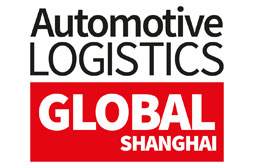



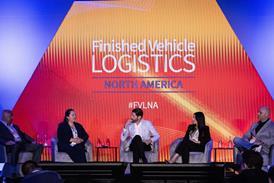
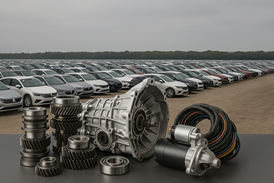


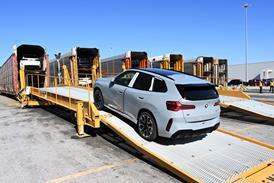
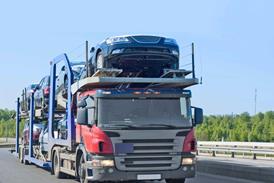


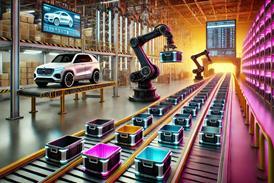
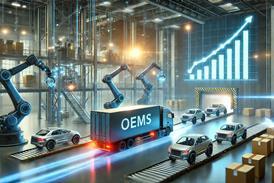


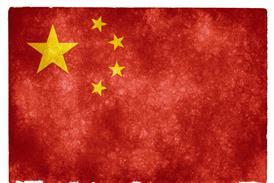

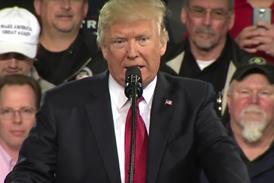




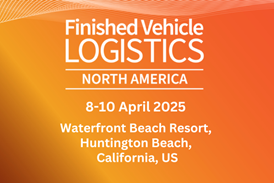

![Global[1]](https://d3n5uof8vony13.cloudfront.net/Pictures/web/a/d/s/global1_726550.svgz)
